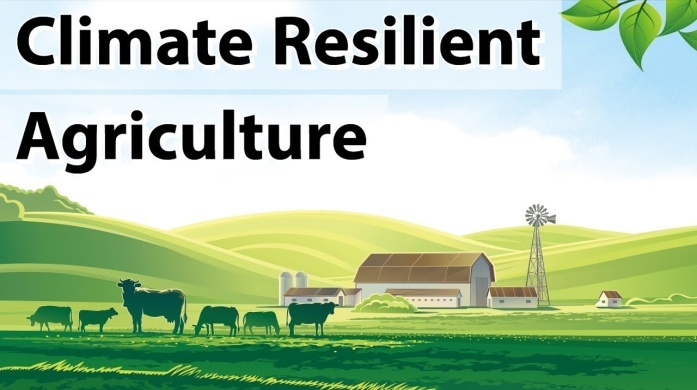Free Courses Sale ends Soon, Get It Now


Free Courses Sale ends Soon, Get It Now



Disclaimer: Copyright infringement not intended
Context
Concern
Findings
Oxfam Report
International Coffee Organization
FAO report
RBI
Climate-resilient agriculture
Strategies and technologies for climate change adaptation
Gene Editing
Tolerant crops
Water management
Agro-advisory
Soil organic carbon
National Programmes for Climate Change Adaptation
Role Models
Way ahead
© 2024 iasgyan. All right reserved